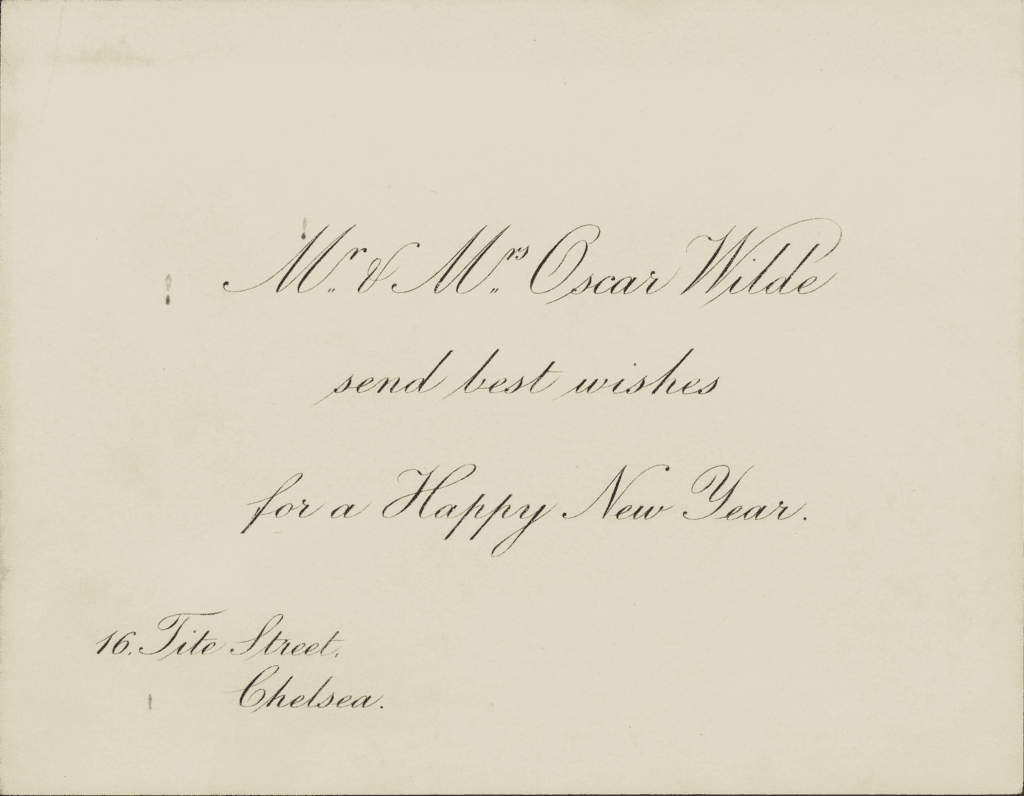


In 1884, Wilde married Constance Lloyd (1858–98), an Anglo-Irish writer. Their sons were Cyril (1885–1915) and Vyvyan Beresford Oscar (1886–1967). In 1891, Wilde met Lord Alfred “Bosie” Douglas, a Magdalen undergraduate. Although Wilde had had male lovers before – beginning in 1886 with Robbie Ross – his relationship with Bosie proved catastrophic. The 1890s brought Wilde his greatest success, as a writer of matchless society comedies which thrilled and scandalised London audiences. Then, on 28 February 1895, Wilde received a card from the Marquess of Queensberry, Bosie’s father, inscribed with the words “For Oscar Wilde posing as somdomite [sic]”. Wilde embarked on a disastrous libel action against Queensberry. Ultimately convicted of gross indecency, Wilde spent two years in prison – including Reading Gaol. Above all, Wilde was devastated to lose contact with his children, describing the deprivation as “a source of infinite distress, of infinite pain, of grief without end or limit”.


New Year’s Card from Mr and Mrs Oscar Wilde
In 1884, Wilde married Anglo-Irish writer Constance Lloyd (1858–1898). Constance published a book of children’s stories and was active in dress reform; they were a well-established society couple, and Constance’s views on clothing, education, and peace activism were quoted in the national press.
From the collection of Julia Rosenthal
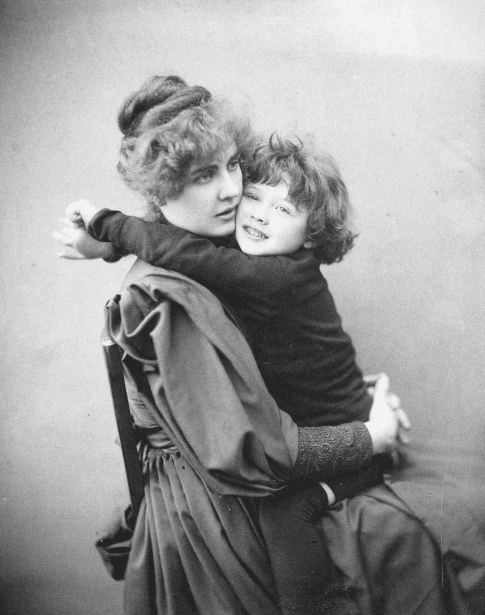

Constance and Cyril Wilde (1889)
Constance and Cyril, photographed together in London in 1889. Cyril was four at the time.
Public domain
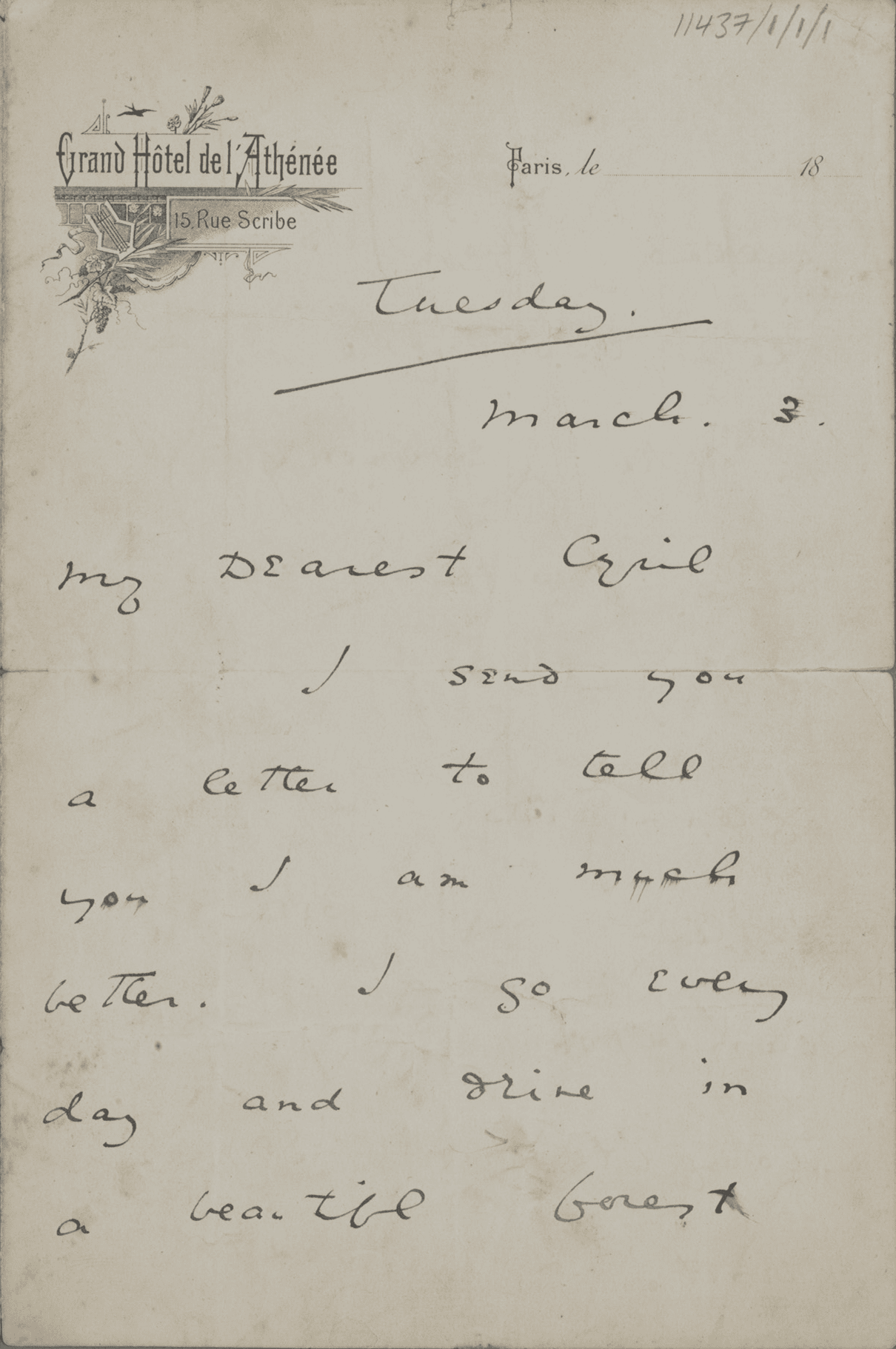
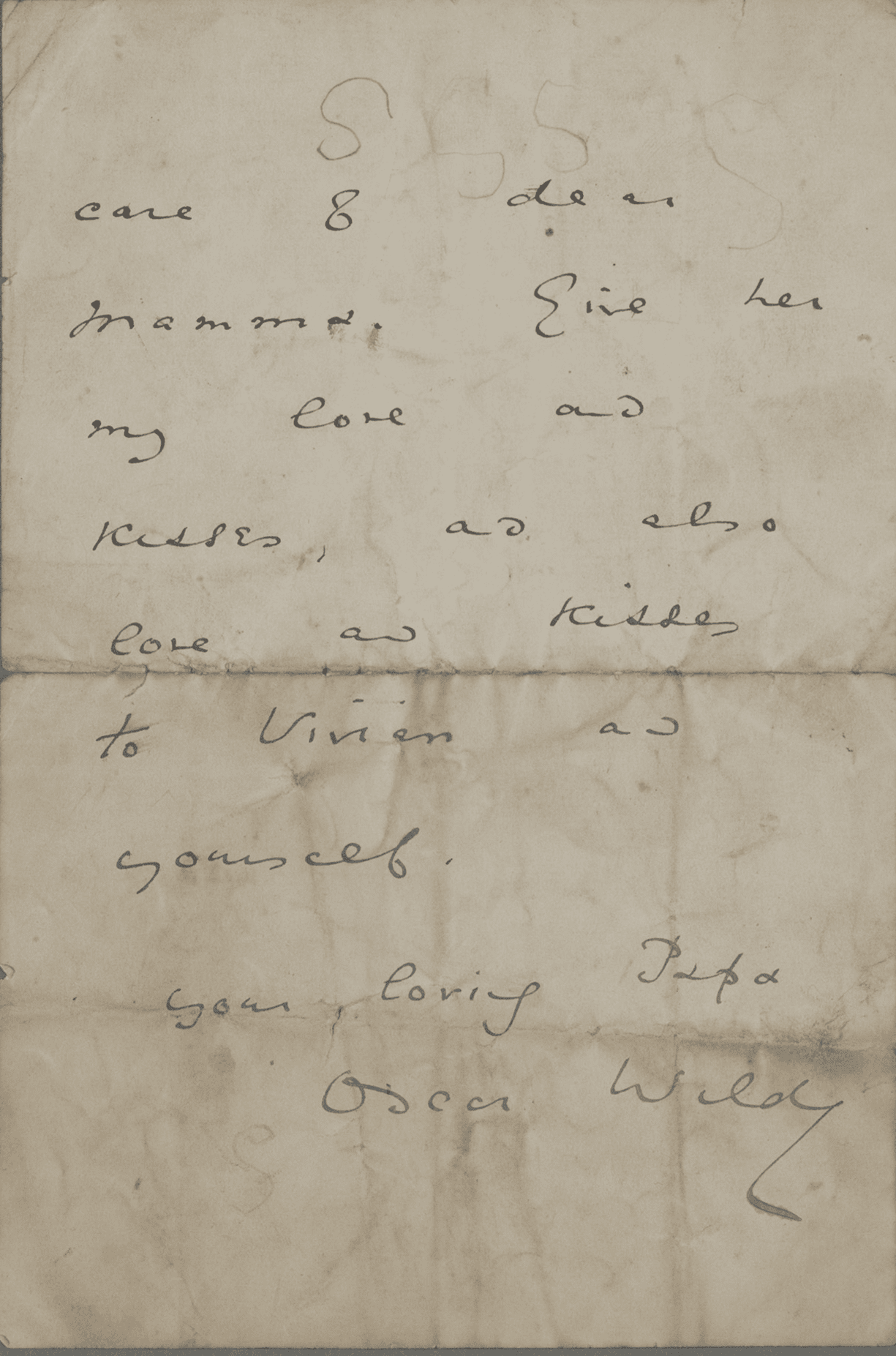
Letter from Oscar to Cyril Wilde (1891)
Constance and Oscar had two sons: Cyril (1885–1915) and Vyvyan Beresford Oscar (1886–1967). Five-year-old Cyril received this letter from his father while Wilde was in Paris, writing Salomé and recovering from illness. He signs off: “I hope you are taking great care of dear Mamma. Give her my love and kisses, and also love and kisses to Vivian and yourself. Your loving Papa Oscar Wilde”.
From the Julia Rosenthal Collection, by permission of the Board of Trinity College Dublin, TCD MS 11437/1/1/1
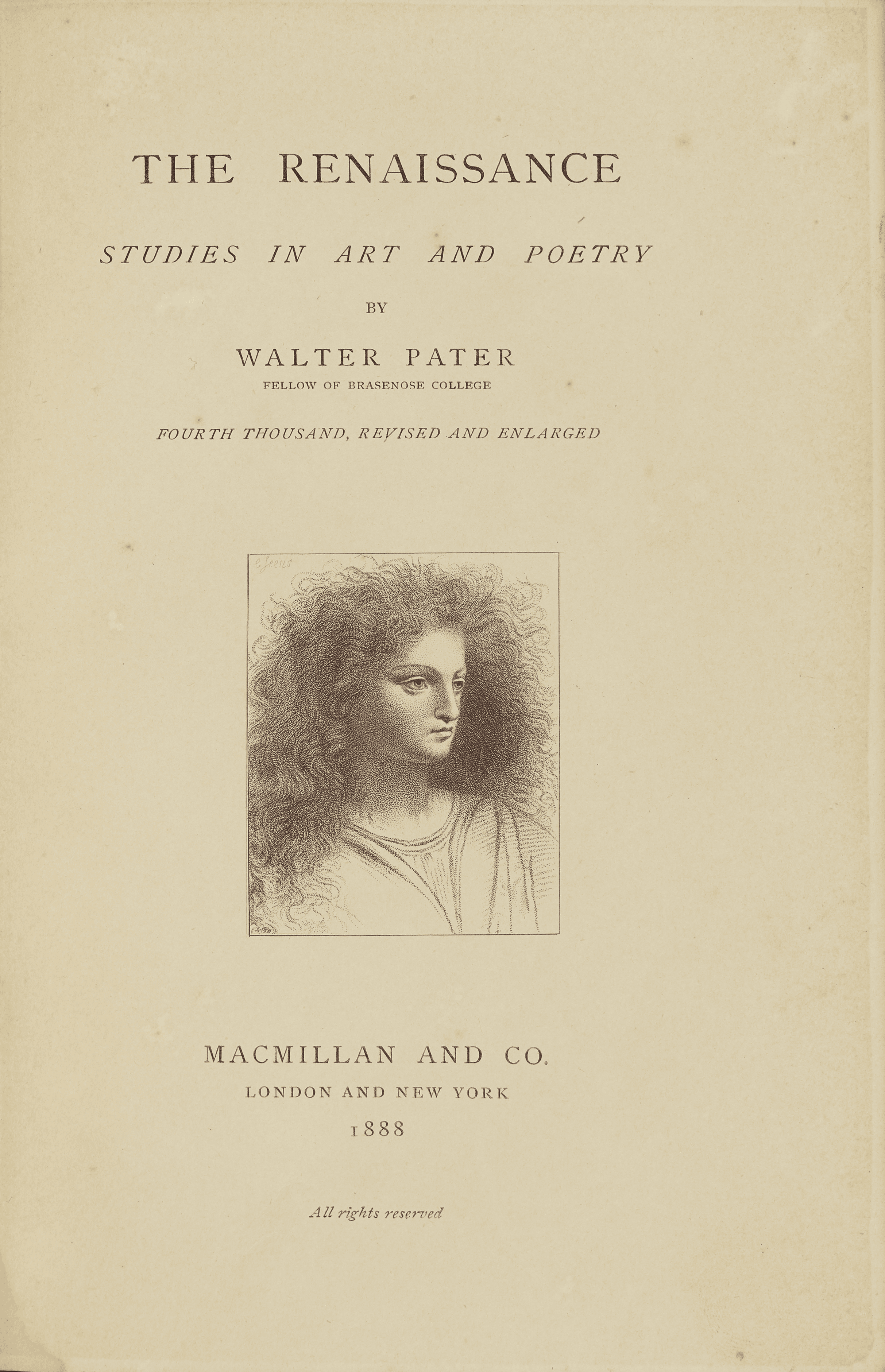
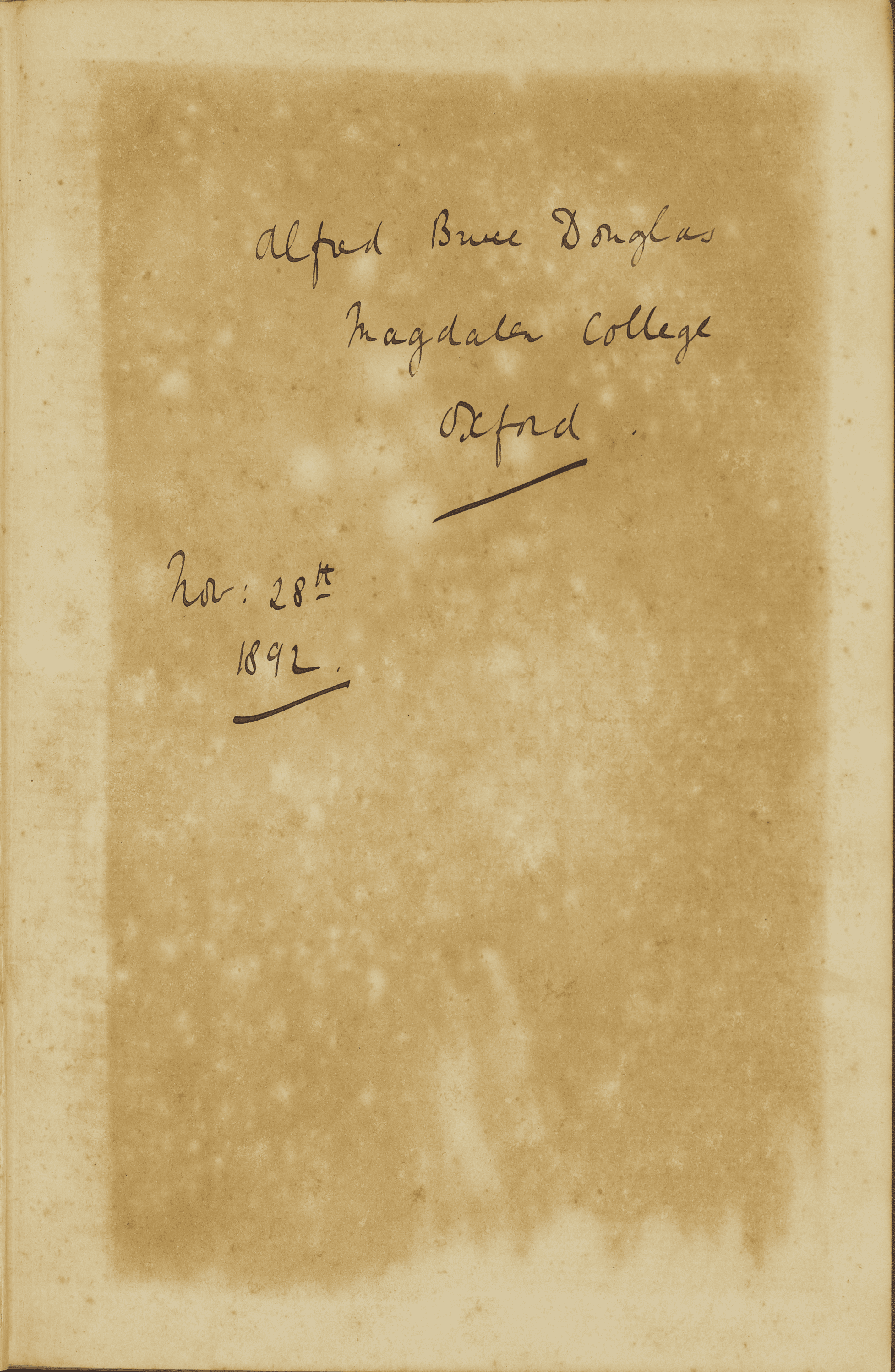
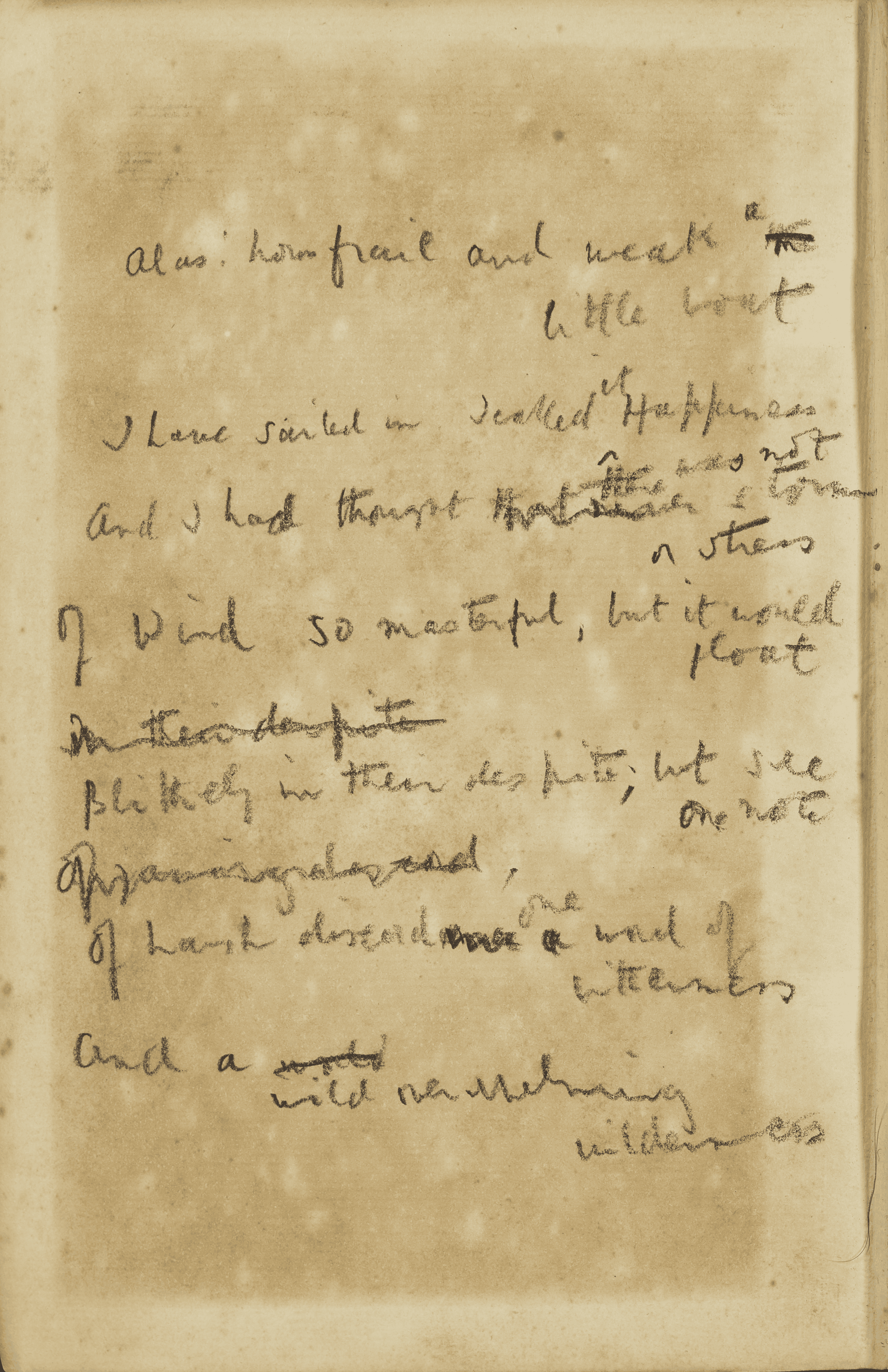
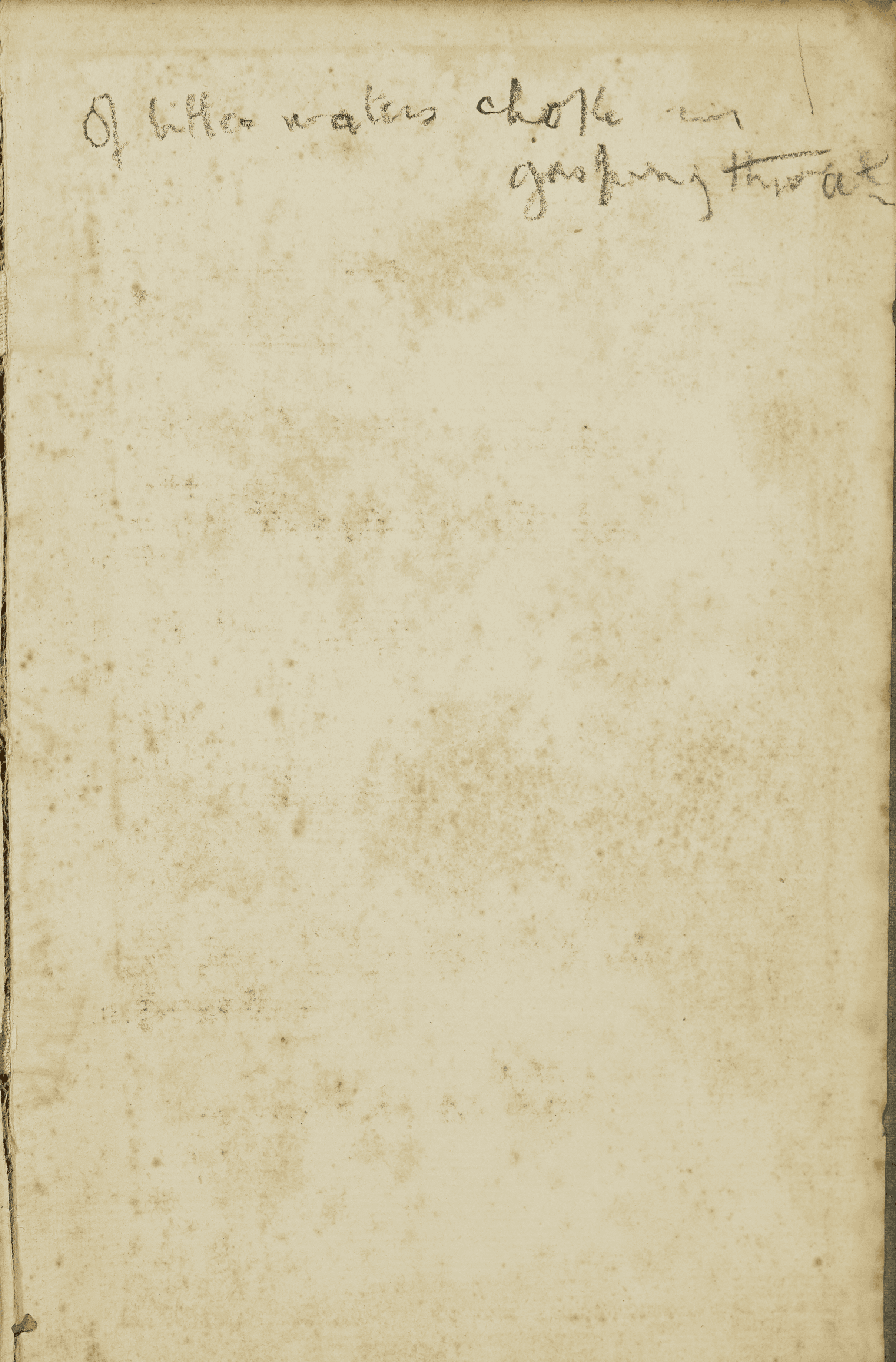
Bosie’s Book
This copy of Walter Pater’s Studies in the History of the Renaissance (1873) belonged to Lord Alfred Douglas while he was a student at Magdalen. The book had also profoundly influenced Wilde. Pater insisted to his readers that “to burn always with this hard, gem-like flame, to maintain this ecstasy, is success in life”.
From the collection of Michael Seeney
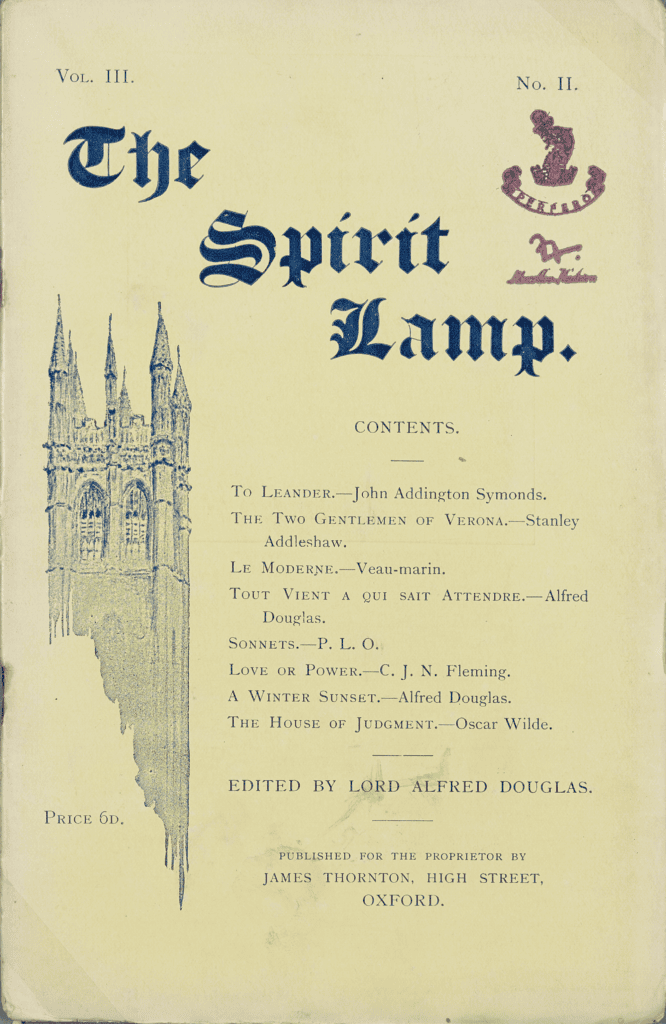

The Spirit Lamp (1893)
In 1892, Lord Alfred Douglas became editor of student magazine The Spirit Lamp. This issue, featuring Magdalen Tower on the cover, includes one of Wilde’s poems in prose, “The House of Judgment”, appearing in print for the first time.
Magdalen College Library
The gift of Francis Lascelles-Hadwen (Magdalen Demy 1947–50)
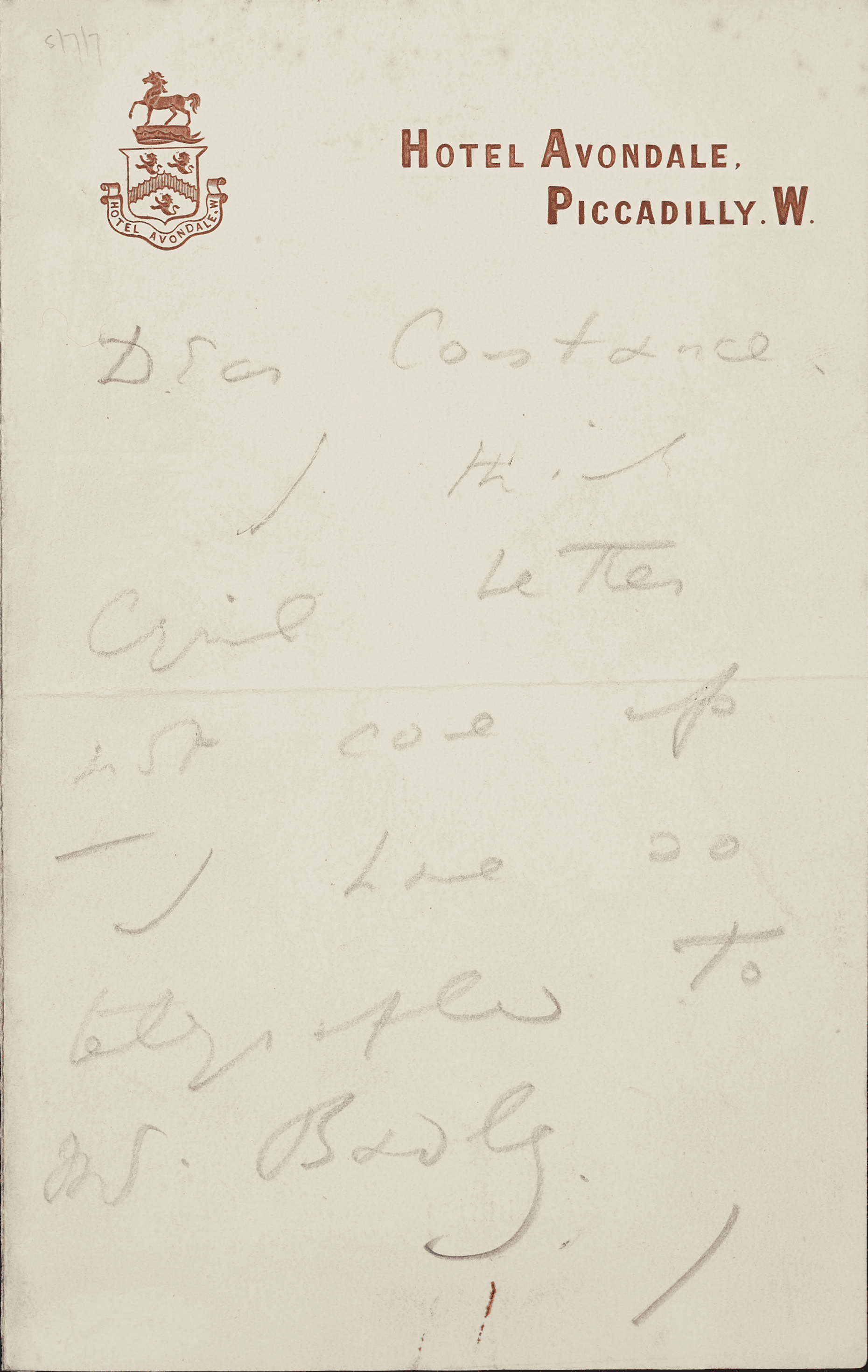
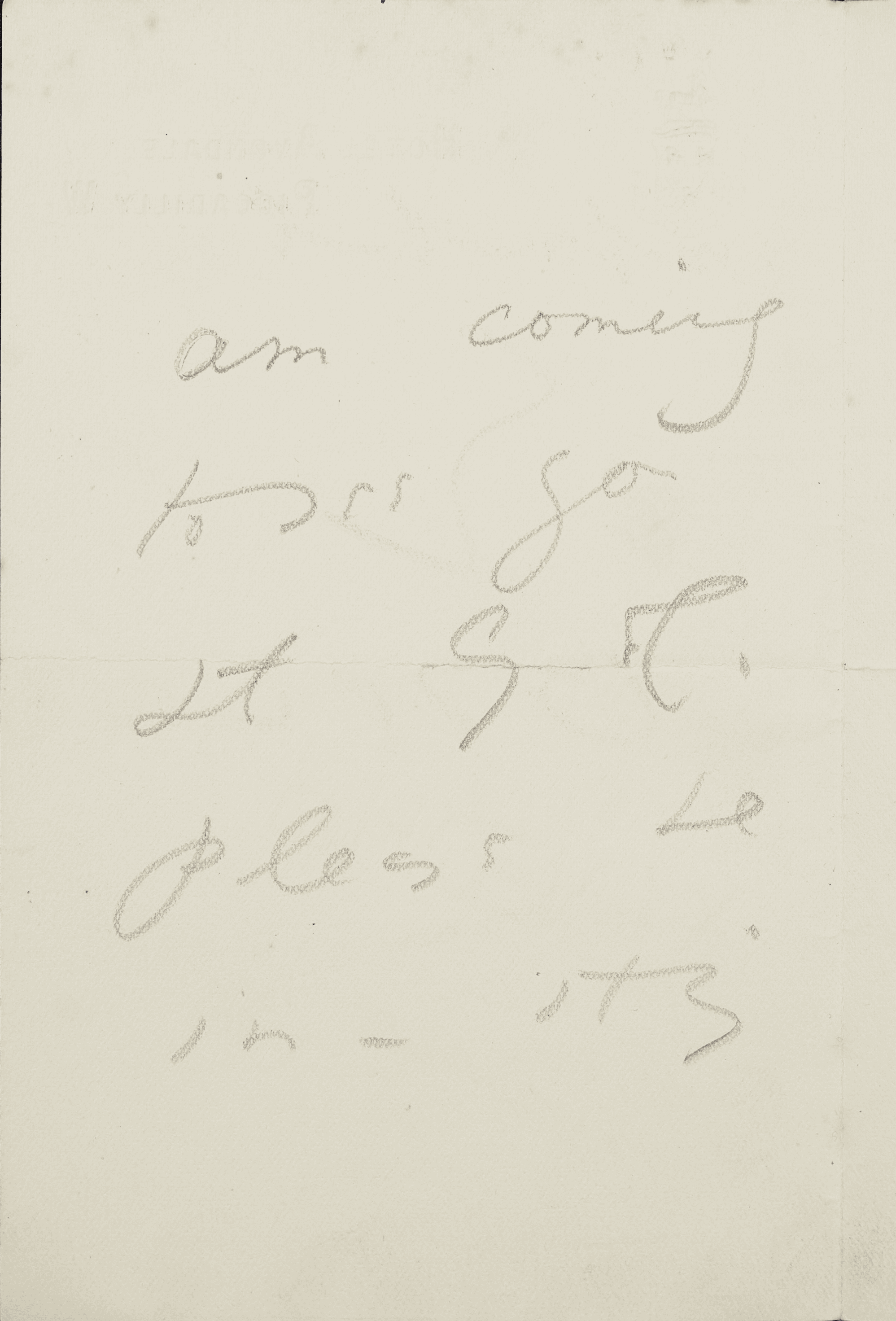
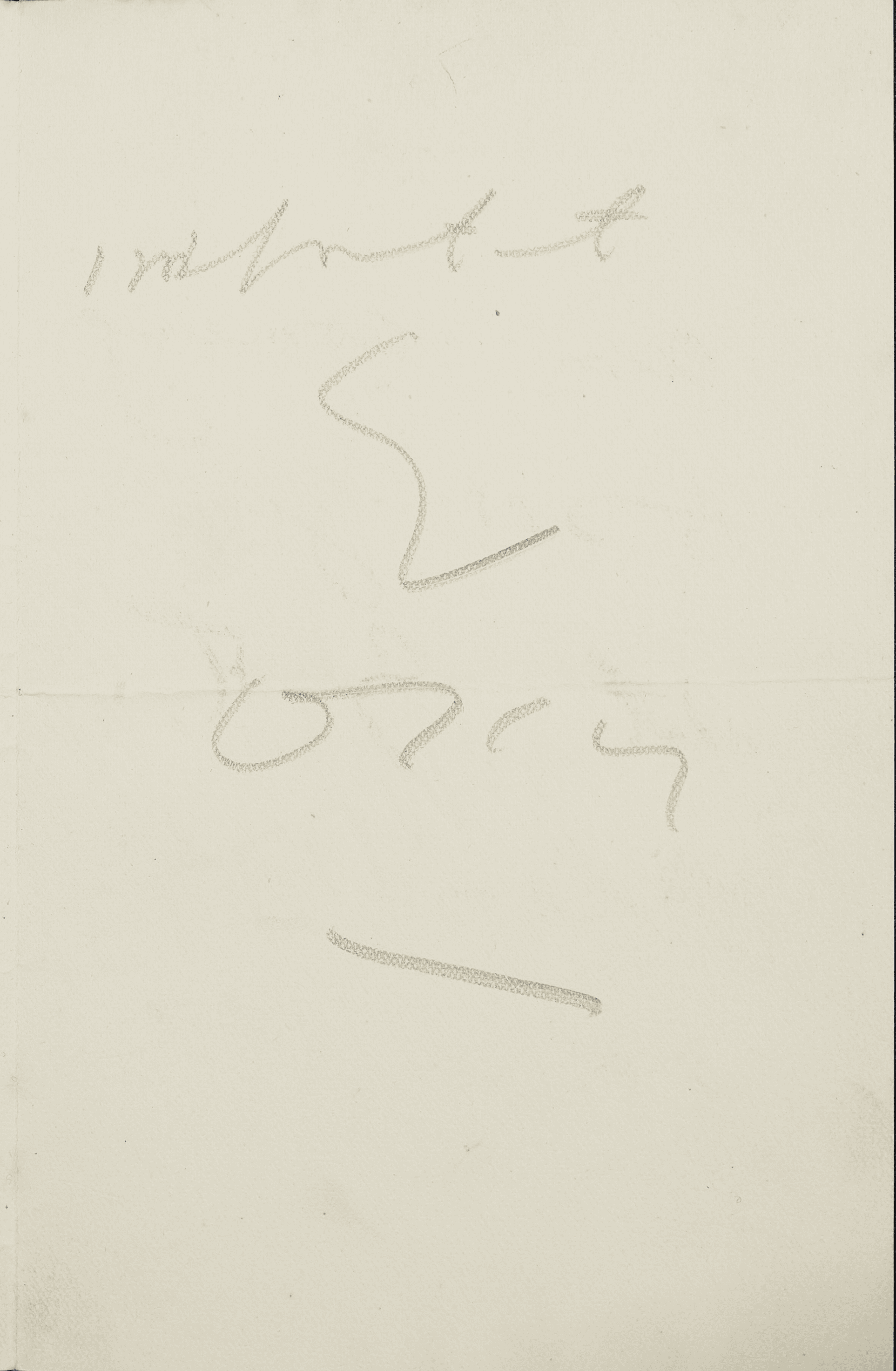
Letter from Oscar to Constance Wilde (28 February 1895)
Wilde wrote this letter on 28 February, the day he received Queensberry’s card accusing him of being a “posing Somdomite [sic]”. His handwriting betrays his agitation. The proposed meeting was presumably to tell Constance what had occurred. At Alfred Douglas’s urging, Wilde prosecuted Queensberry for criminal libel, but refused to let Douglas testify. The libel trial collapsed on 5 April 1895, when evidence for the defence forced the prosecution to withdraw. That evening, Wilde was arrested at the Cadogan Hotel, on charges of gross indecency. Two trials followed, after the first jury disagreed and was dismissed on 1 May. On 25 May 1895, Wilde was found guilty of gross indecency and sentenced to two years’ hard labour.
Magdalen College Archives, MS 299
Plaster Impression of Wilde’s Left Hand
This plaster impression is a copy of the original, taken in 1893. The artist was celebrity palmist Charlotte Robinson (who also counted Winston Churchill among her fans).
From the collection of Michael Seeney
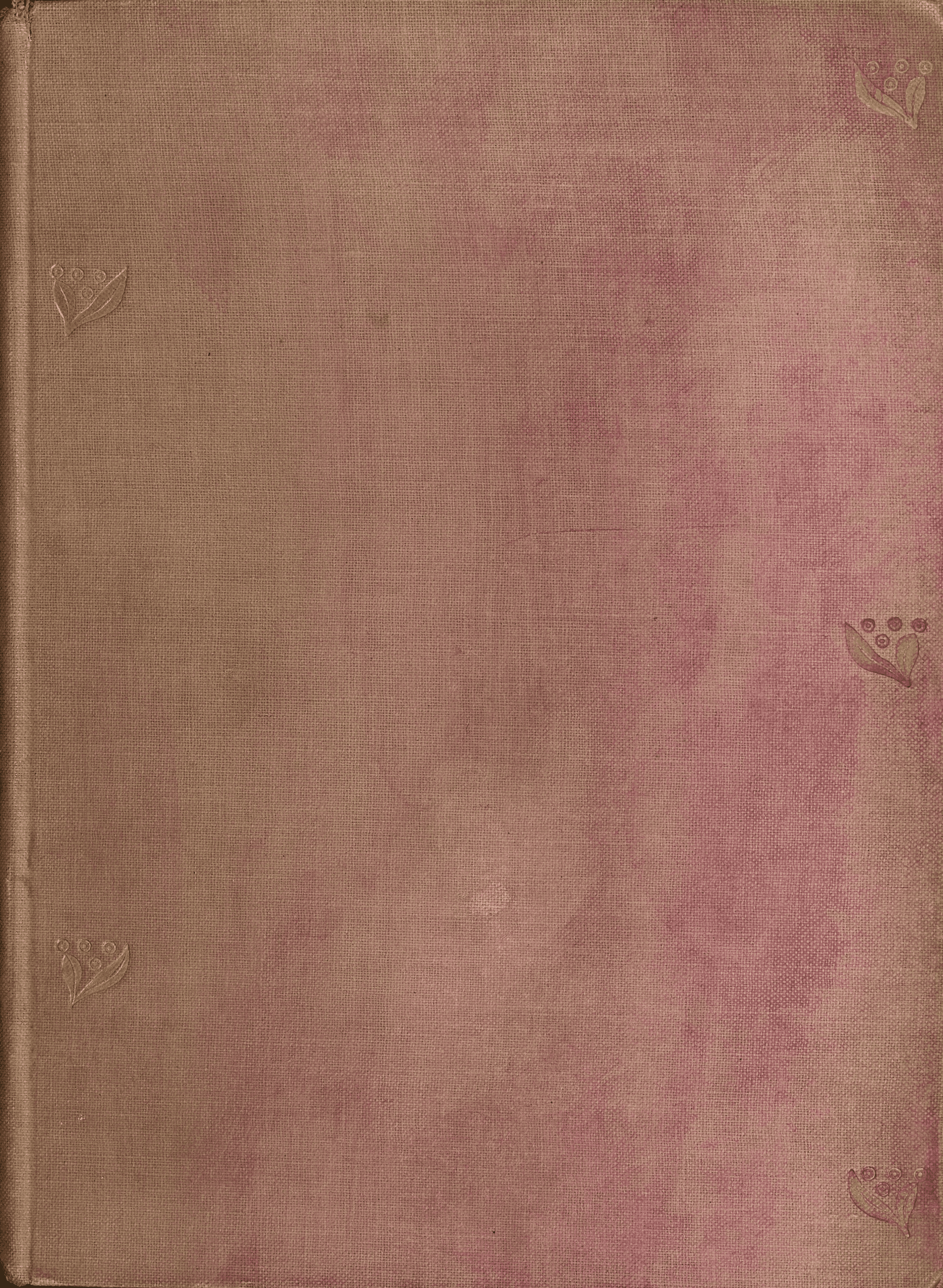
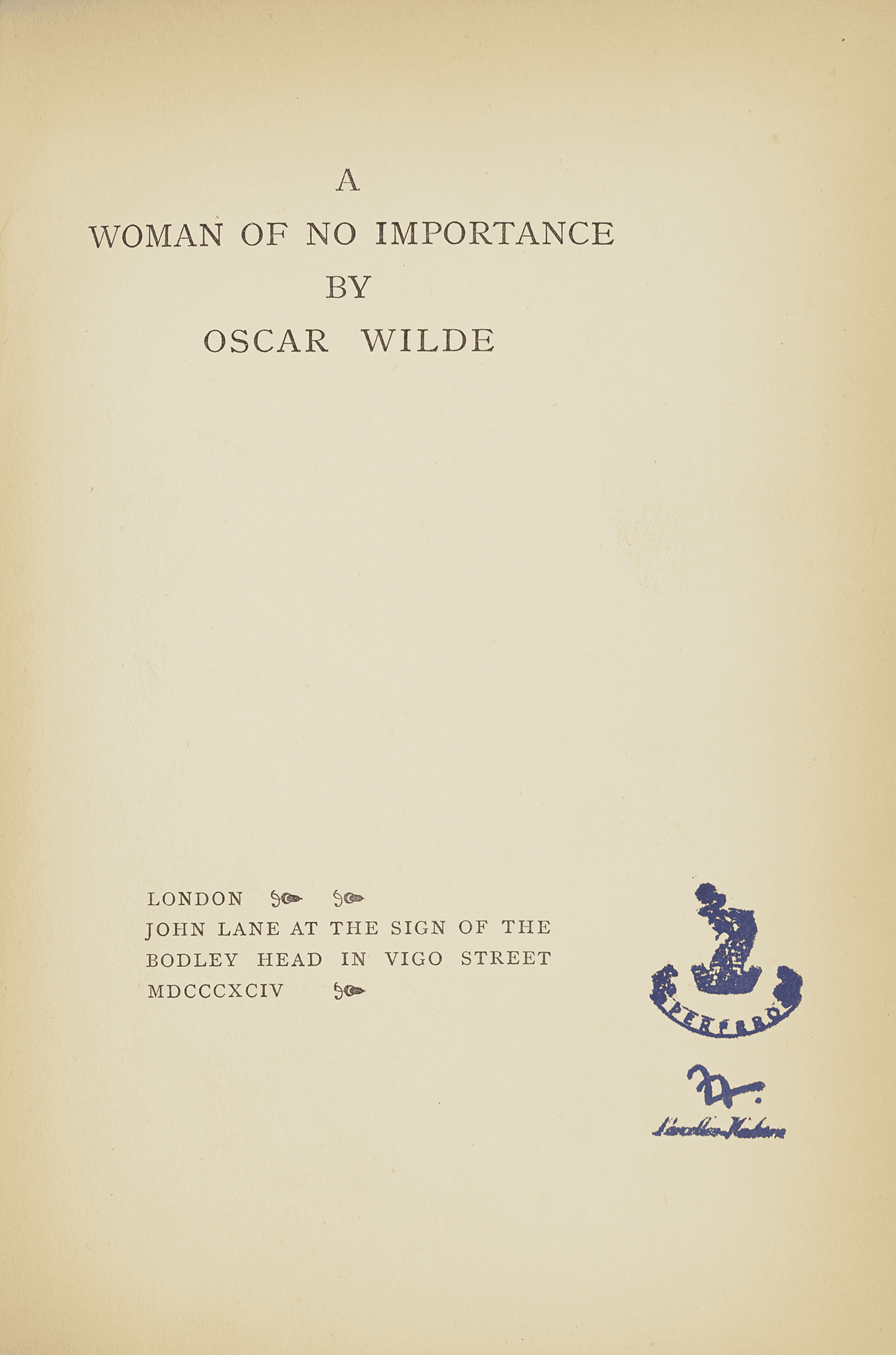
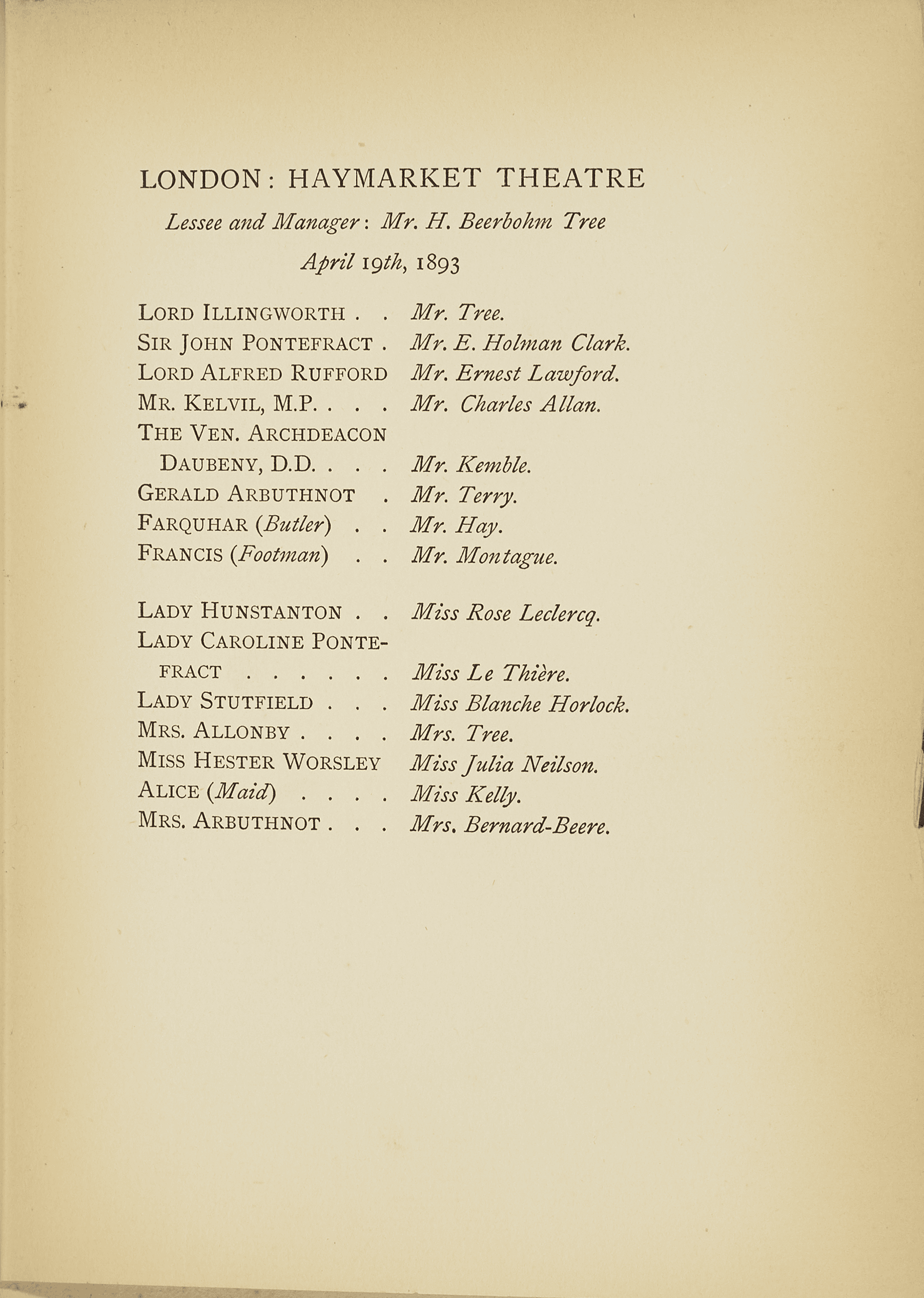
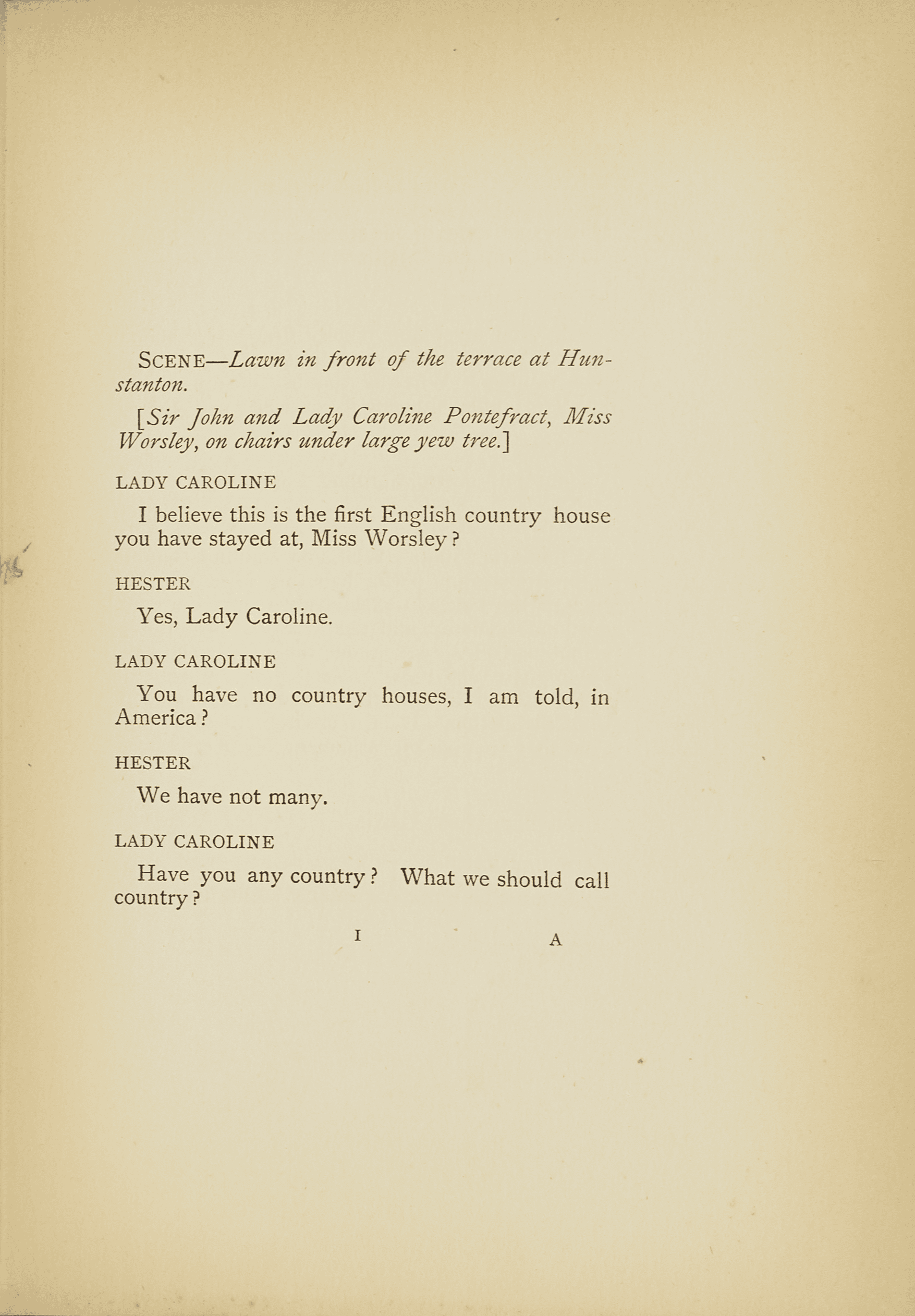
First Edition of A Woman of No Importance (1894)
A Woman of No Importance, Wilde’s second society comedy, opened on 19 April 1893 at the Haymarket, London. Rachel Arbuthnot, ostensibly a fallen woman, emerges as unrepentant, passionate, and controlling. Her former seducer, Lord Illingworth, is pragmatic and witty, rather than a villain. This first British edition, published by Bodley Head, was limited to 500 copies.
Magdalen College Library, Magd.Wilde-O. (WOM) 1894.
The gift of Francis Lascelles-Hadwen (Magdalen Demy 1947–50)
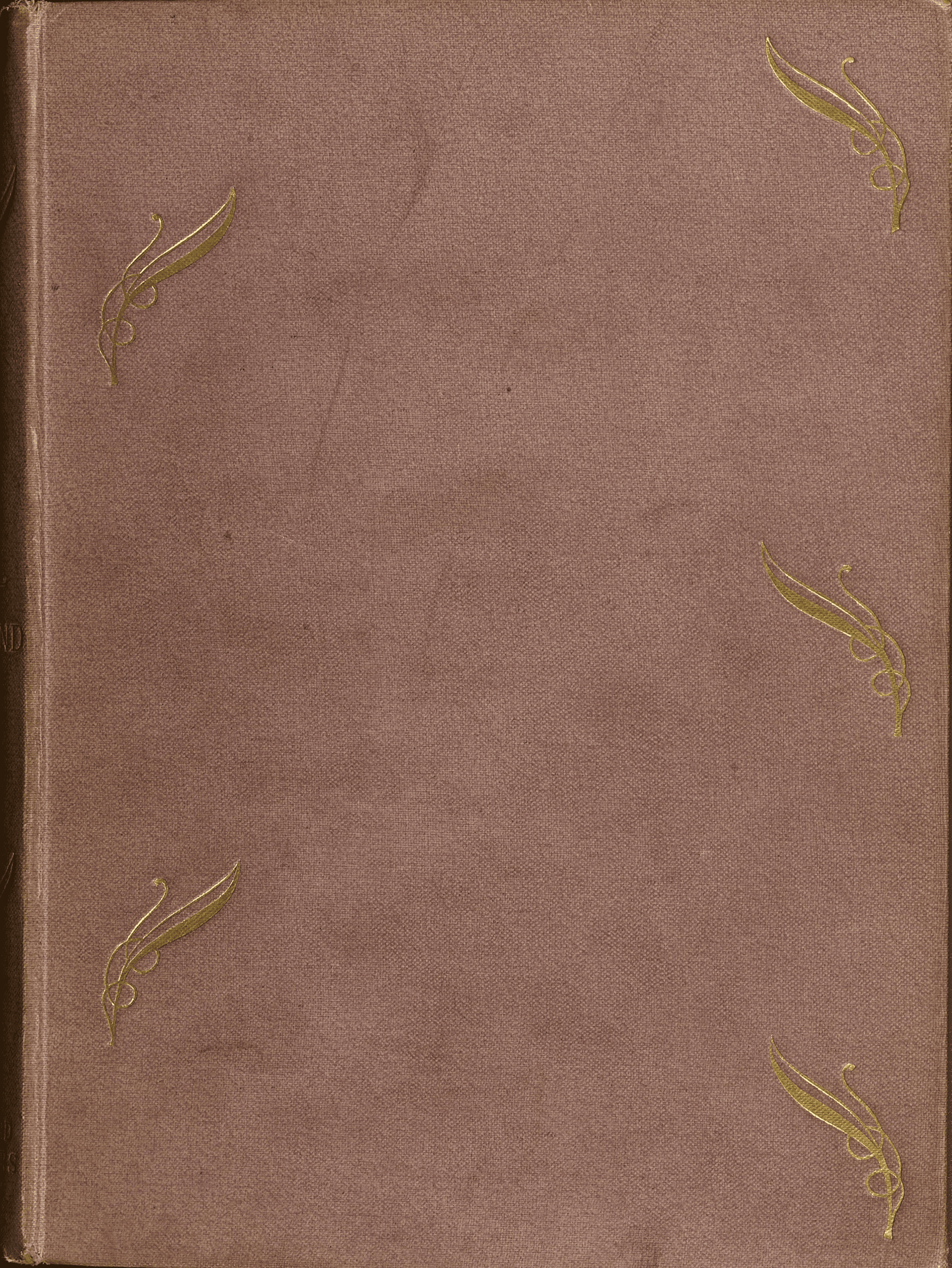
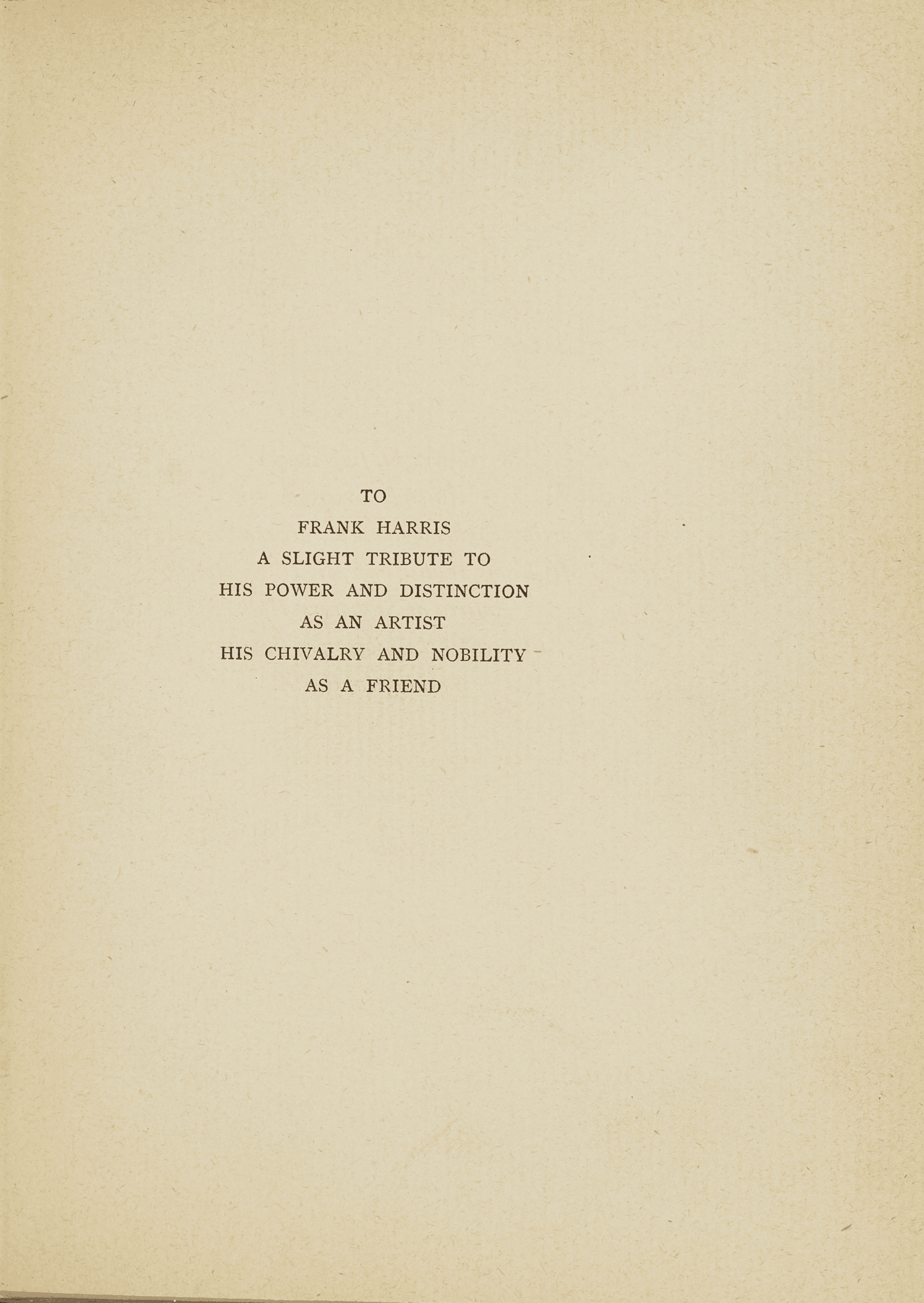


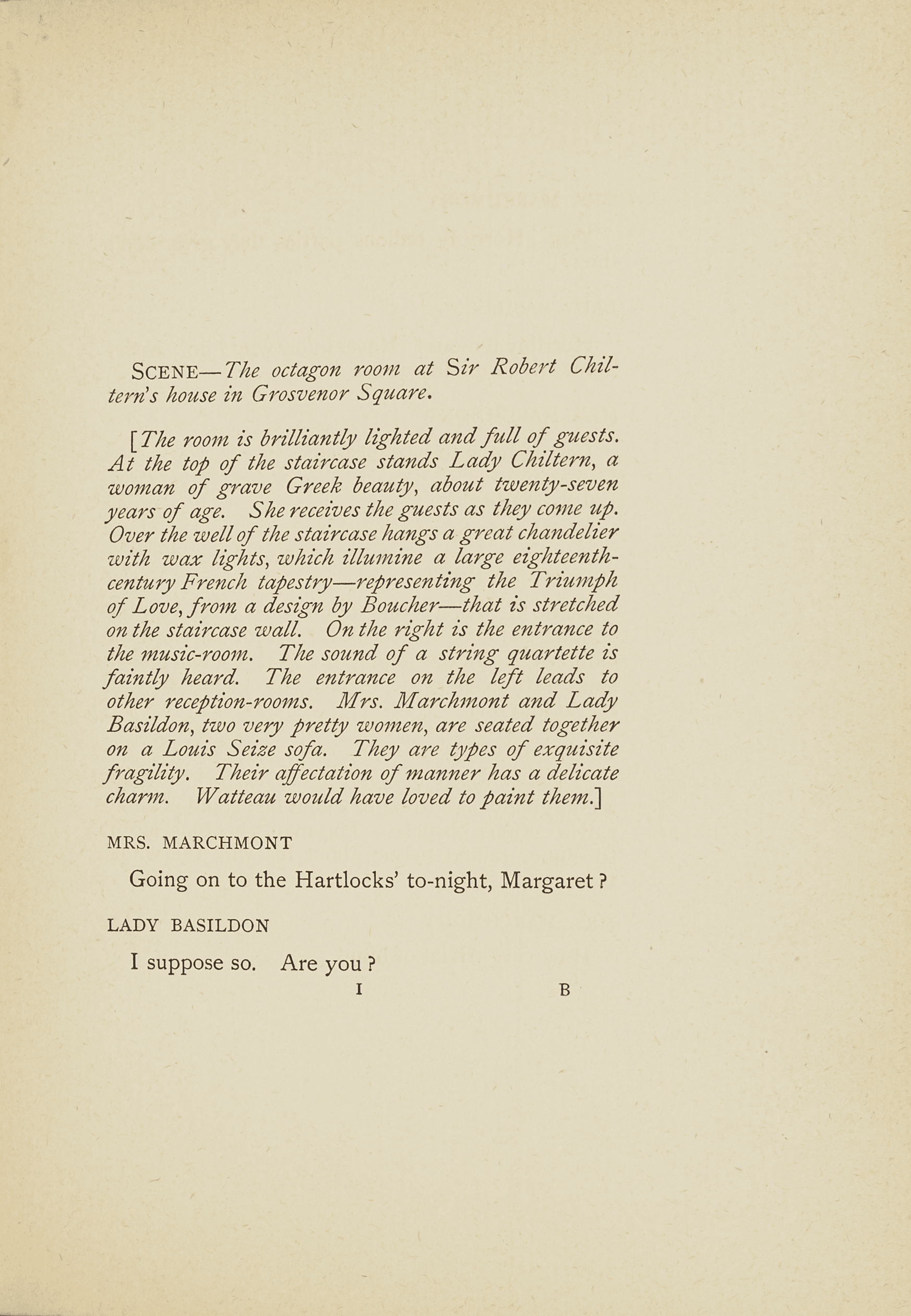
First Edition of An Ideal Husband (1899)
An Ideal Husband also opened at the Haymarket, on 3 January 1895. Wilde was arrested on the final day of the 111-performance run. The play did not appear in print until 1899, and then did not bear Wilde’s name. This first edition has gilt lettering and designs by Charles Shannon.
Magdalen College Library, Magd.Wilde-O. (IDE) 1899
Purchased through the generosity of Justin Huscher (Rhodes Scholar 1978–80) and Hilarie Huscher
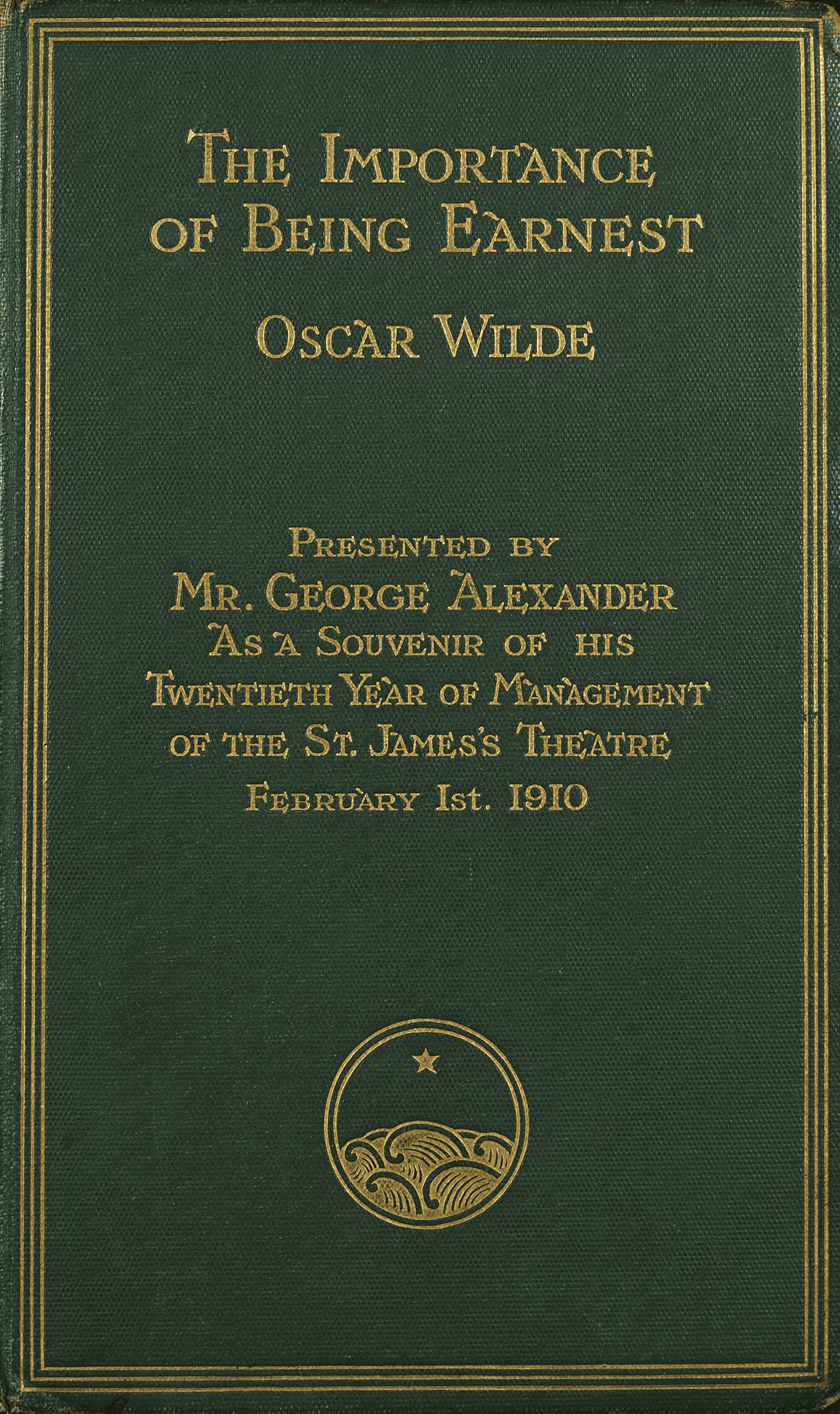
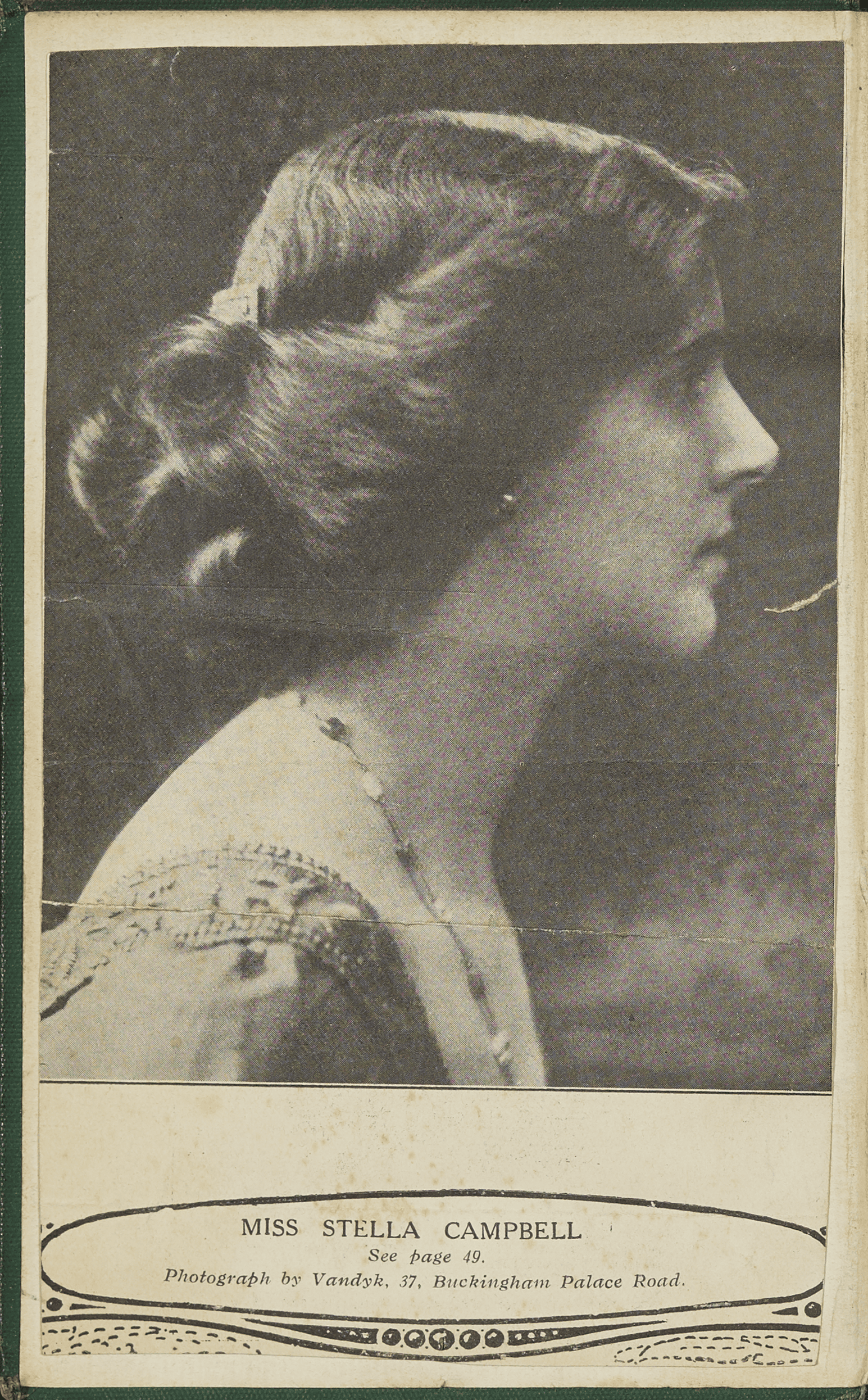
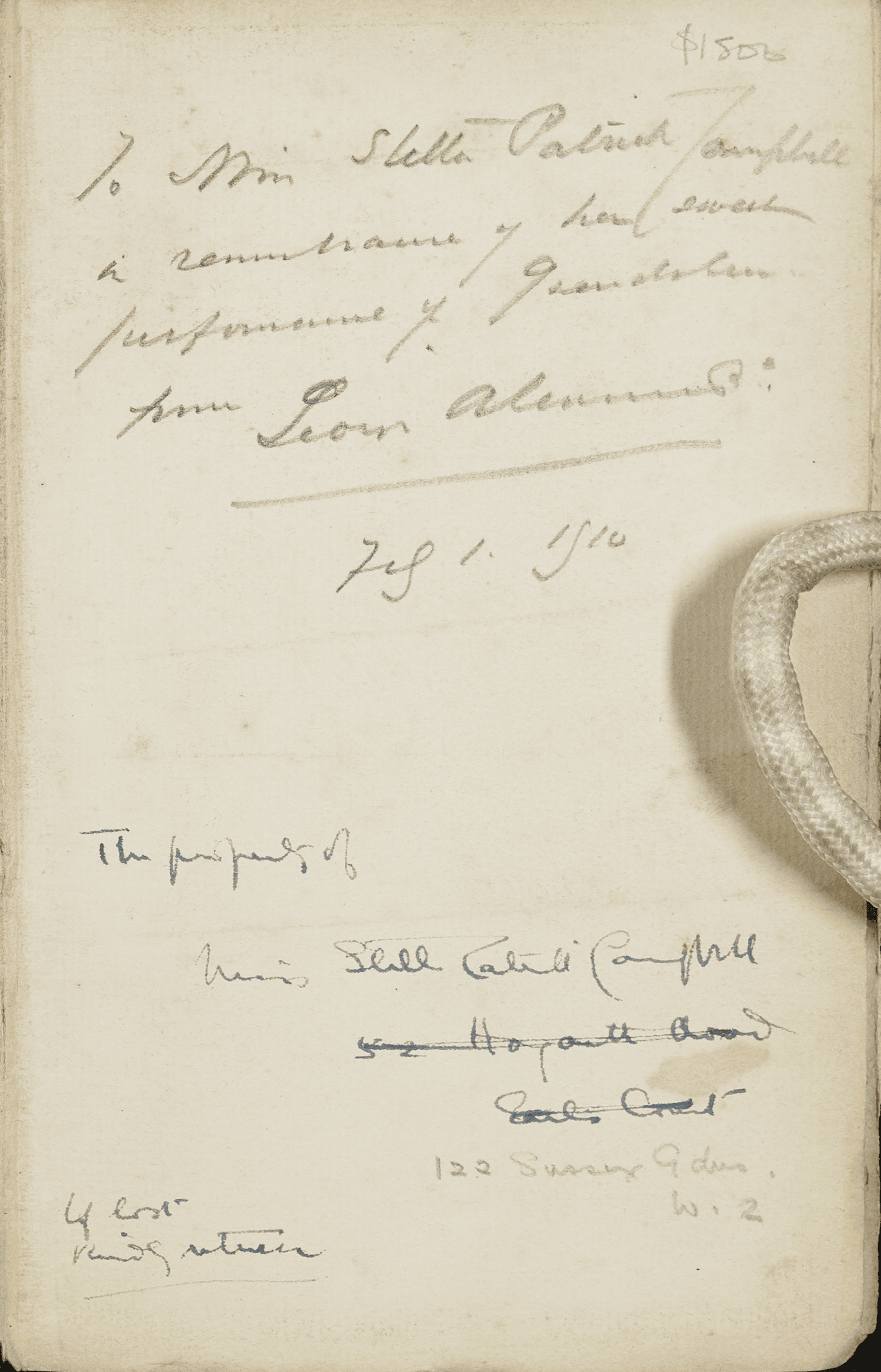
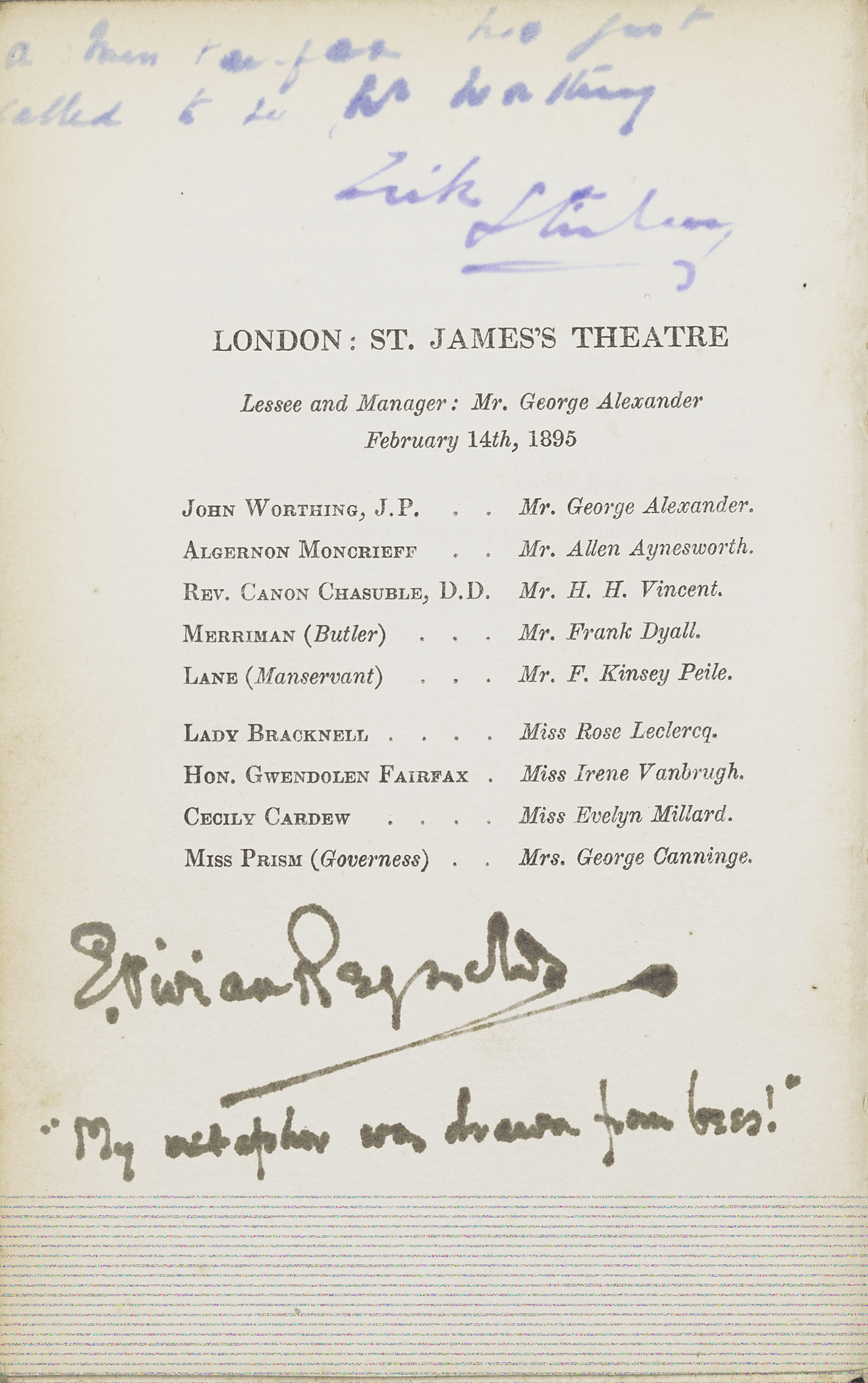
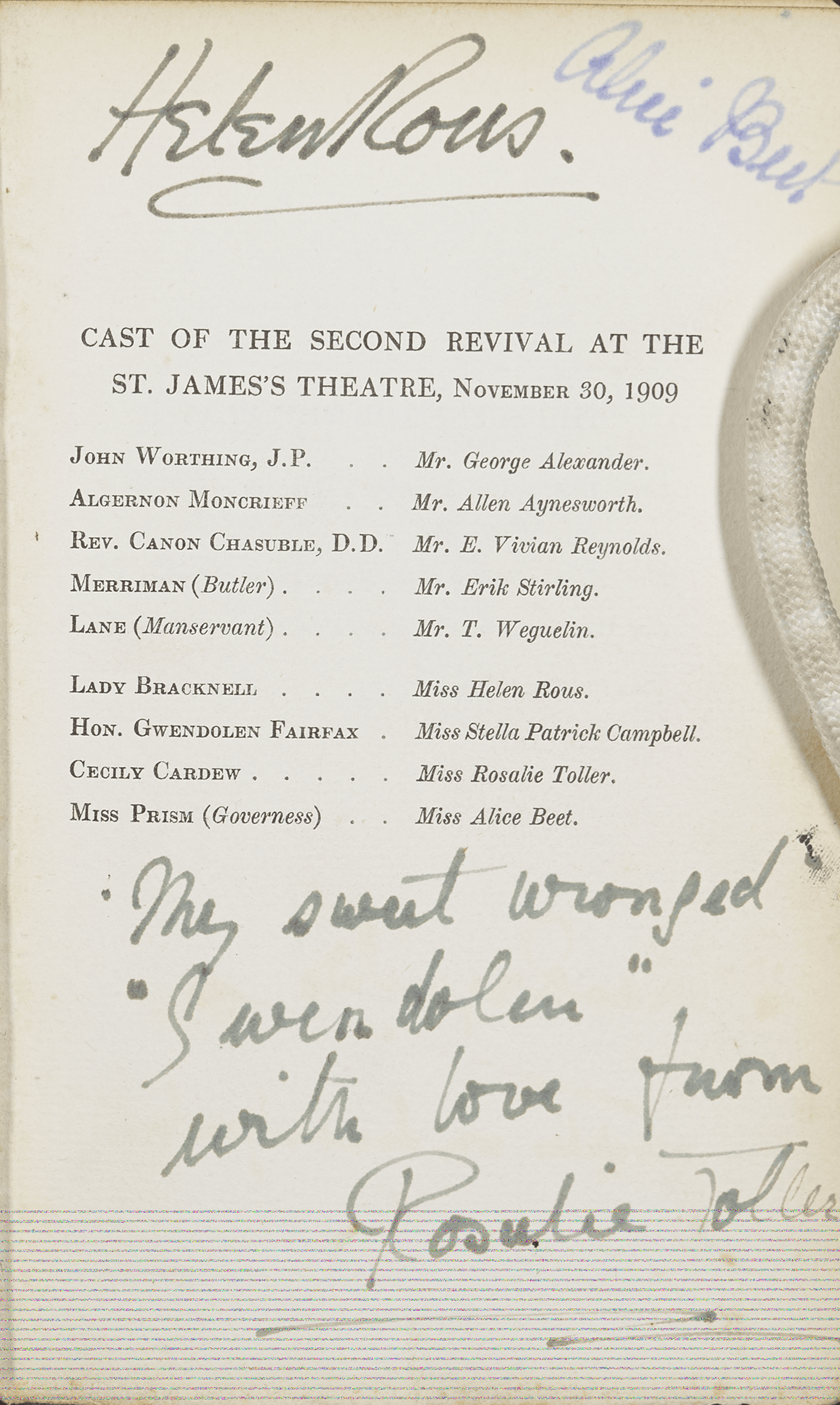
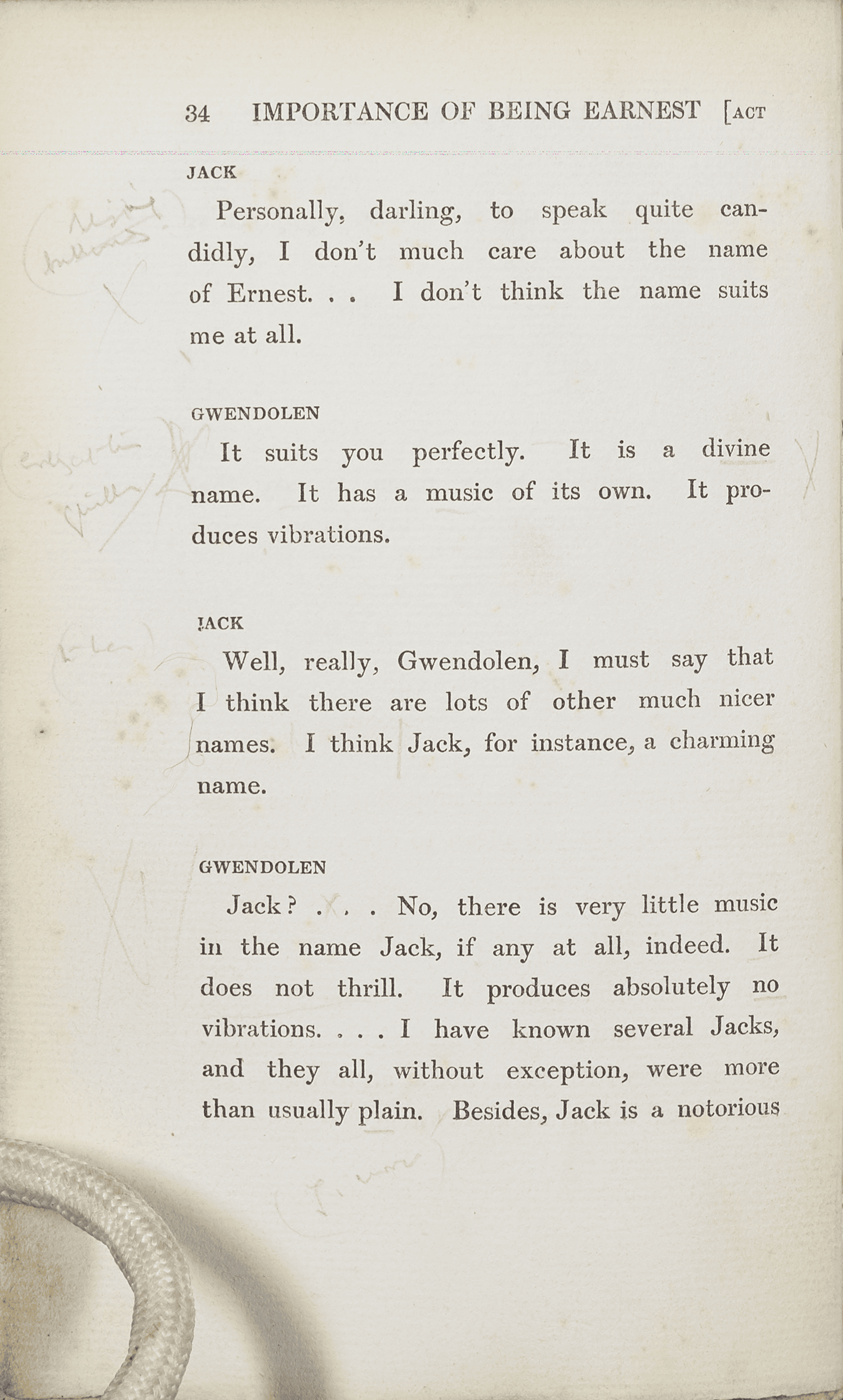
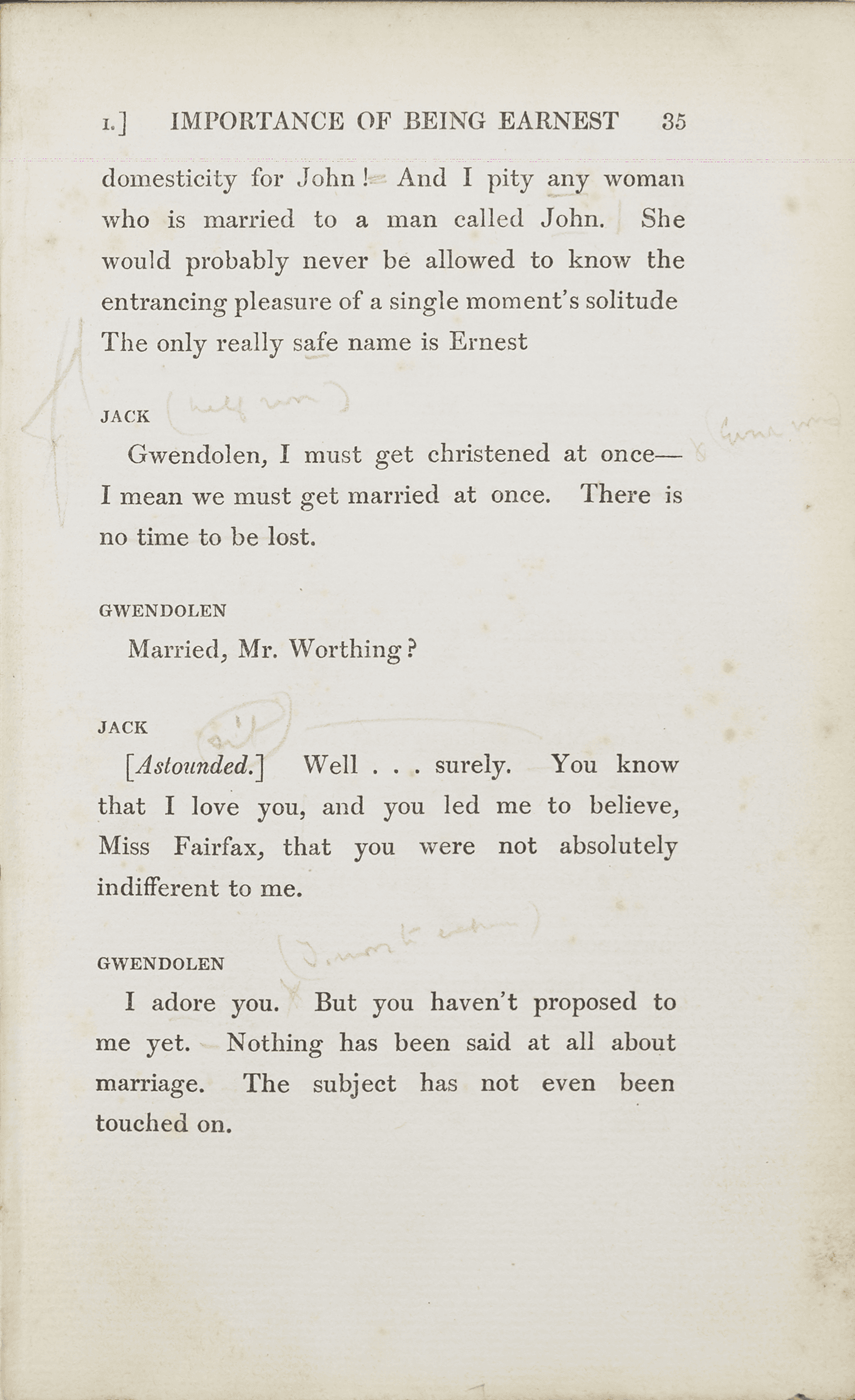
Stella Patrick Campbell’s Copy of The Importance of Being Earnest (1909)
Wilde’s best-loved play opened on Valentine’s Day 1895 at the St James’s Theatre. His success as a playwright was at its zenith: An Ideal Husband was still running at the Haymarket. However, twenty police officers were guarding the St James’s from the Marquess of Queensberry (Lord Alfred Douglas’s father), and Wilde’s arrest and disgrace cut short the run. In 1909, the play was triumphantly revived at the same theatre. Sir George Alexander and Allan Aynesworth reprised their 1895 roles as Jack and Algie (both were over 50). The production ran for 316 performances. Stella Patrick Campbell (1886–1925) looked back on playing Gwendoline Fairfax as one of the happiest times of her life.
From the collection of Francis Spiteri Paris
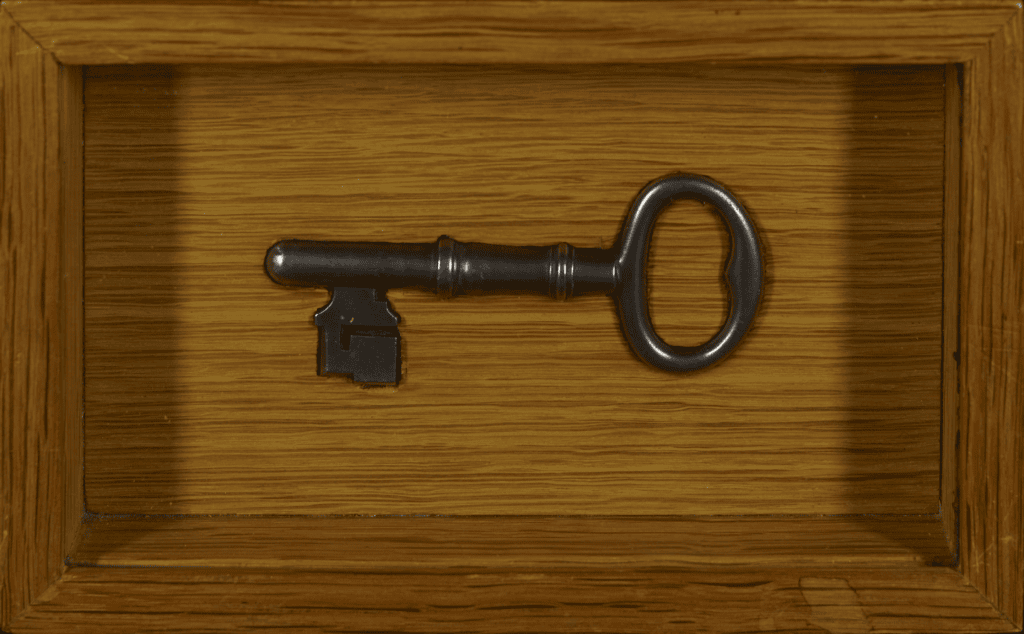

Key to Cell Block C, Reading Gaol (1885–1915)
This key unlocked the doors in Cell Block C, Reading Gaol, including that of Landing 3, Cell 3: Wilde’s cell. After short spells in Newgate, Pentonville, and Wandsworth prisons, Wilde was an inmate of Reading Gaol from 20 November 1895 to 18 May 1897. One of the worst aspects of imprisonment was, for Wilde, seeing child prisoners. He wrote: “The terror of a child in prison is quite limitless”, and described in print the trauma, starvation, and abuse child prisoners faced.
From the collection of Francis Spiteri Paris
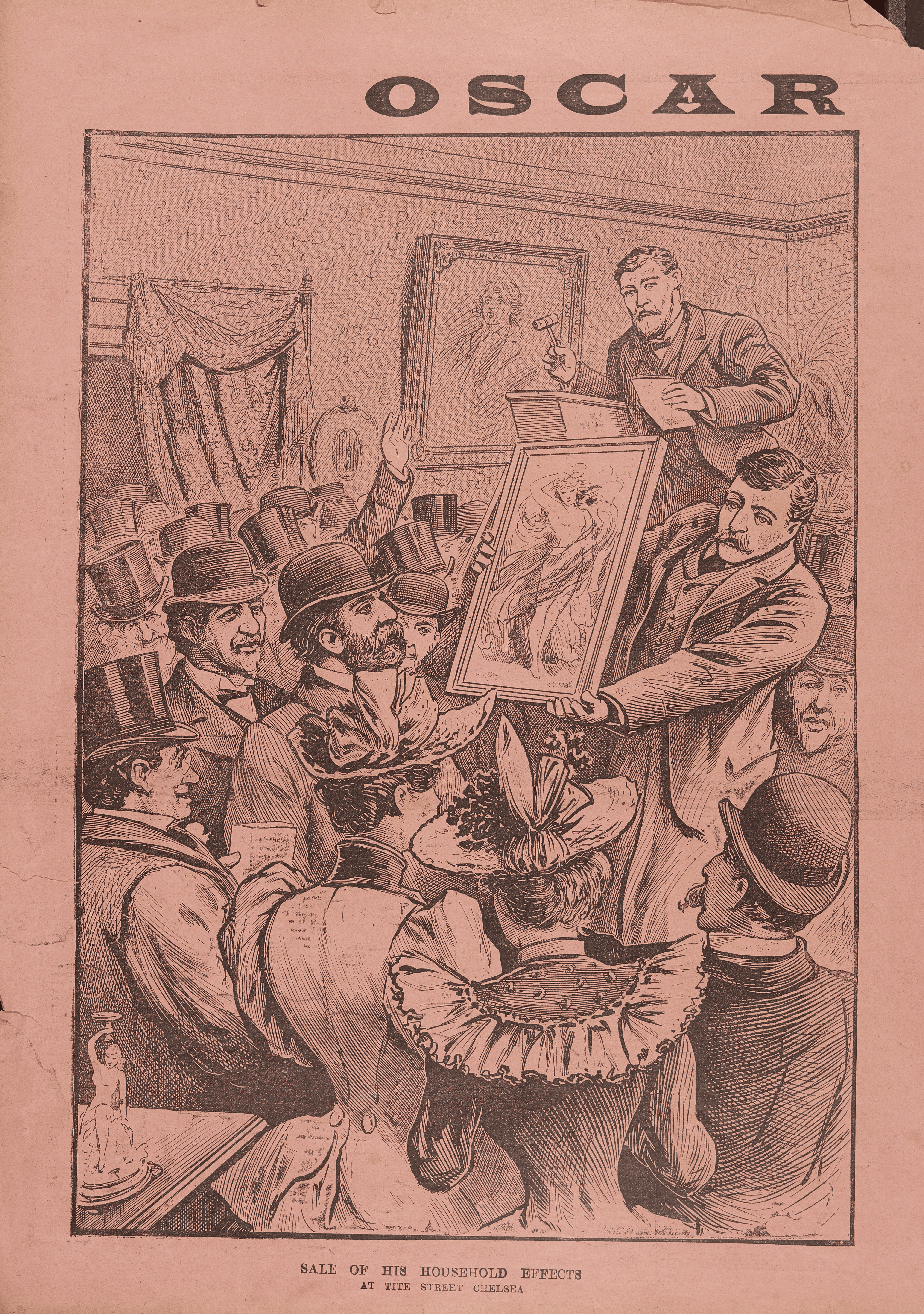
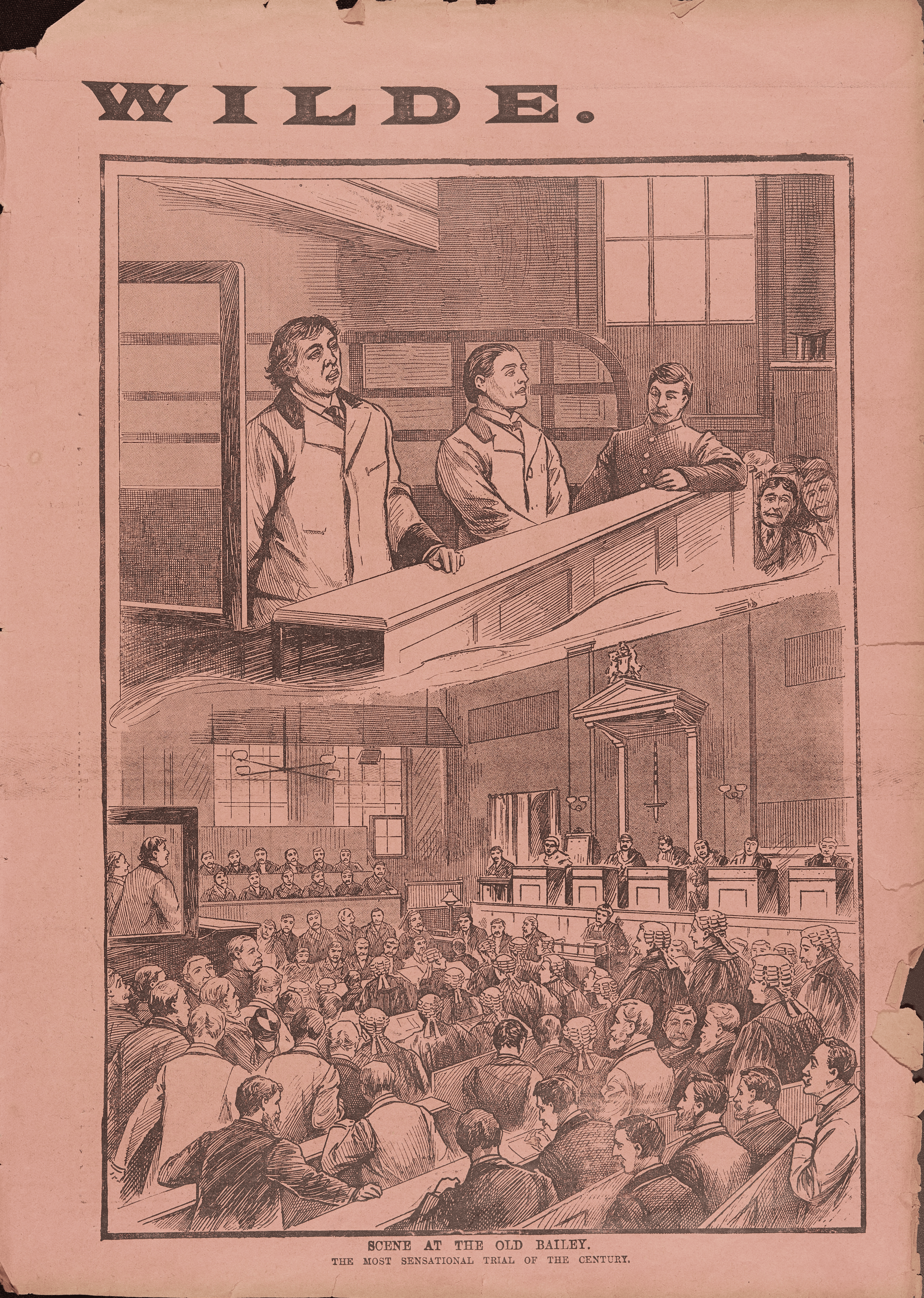

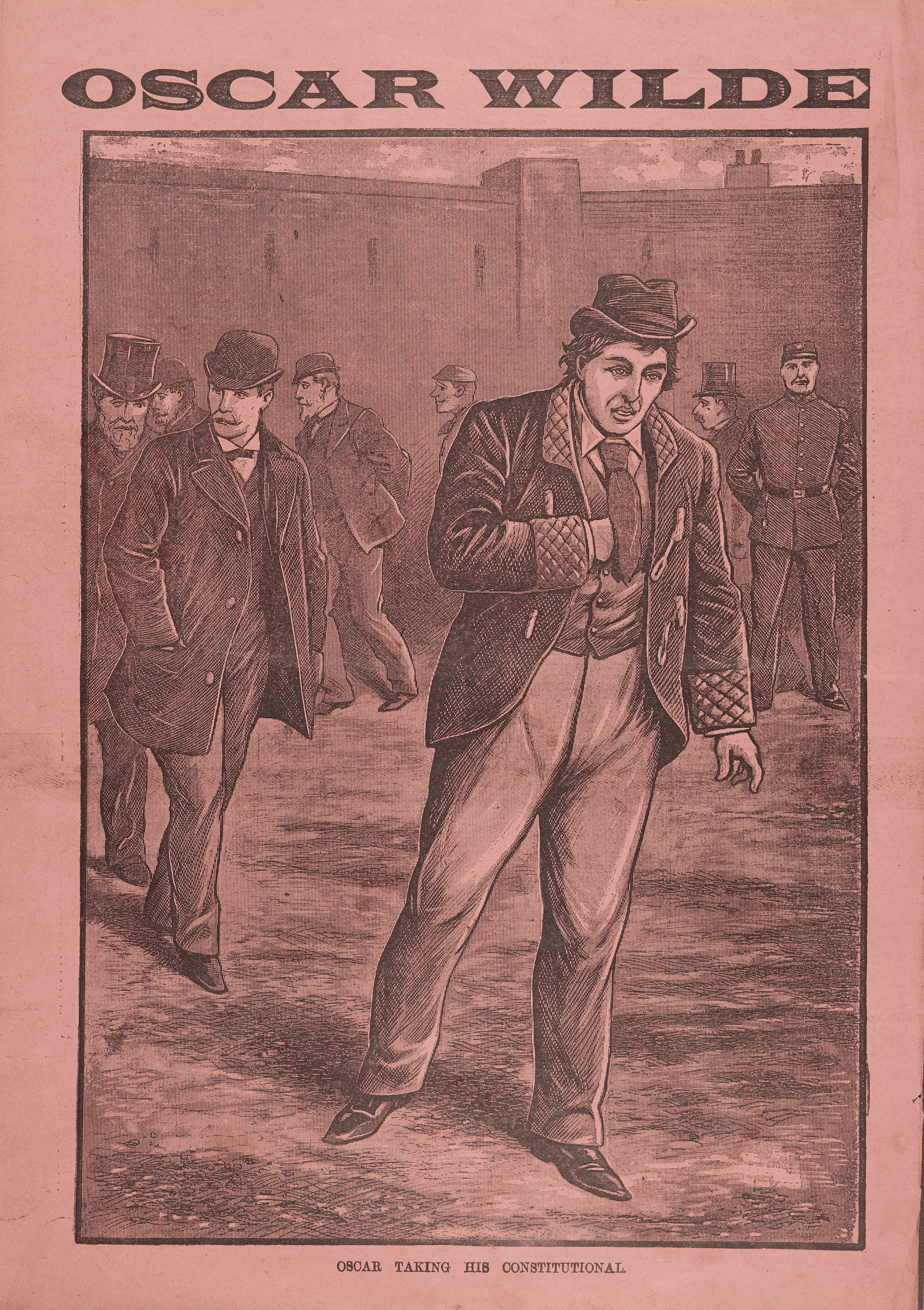
Wilde on Trial
Newspapers avidly reported on Wilde’s 1895 downfall. These highly sensational images appeared in a police newspaper of the time.
From the collection of Michael Seeney